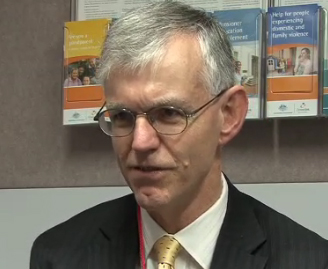Human Services seeks CIO for Wadeson's September exit

Department of Human Services IT head John Wadeson plans to leave in September, with the department already advertising for an executive to fill his role.

John Wadeson (Credit: ZDNet Australia)
Wadeson became the IT go-to man after Human Services announced the integration of its agencies' IT in 2009, which stepped up his role from Centrelink CIO. He began the mammoth task of aligning the agencies' IT, but had flagged his desire to retire earlier this year.
His departure will leave his successor to deal with half a billion dollars worth of funding, which Human Services was allocated in the last Federal Budget. The funds, which include monies from the agency's existing resources, are to be used on the Human Services' IT integration and for the provision of a collective services portal.
By consolidating Centrelink, Medicare Australia and Child Support Agency core-processing, storage and support, the department is expecting to save $106.8 million over the next four years, resulting in a net saving of $28.5 million.
The new CIO will not only be responsible for the enormous project, but also for looking after 55,000 desktops and 2650 ICT staff.
He will have big shoes to fill, following Wadeson's marathon tenure at Human Services' agency Centrelink, which was crowned by his taking up the CIO role in 2006.
Since then he's been at the helm of the agency while it has powered through projects to cope with federal policy changes, to revamp anti-fraud measures and call centres, to upgrade broadband infrastructure, and to begin sharing services with other human services agencies.
In the broader government picture, Wadeson has worked through the Gershon Review — including the contractor cull, business-as-usual cuts and the datacentre reform — as well as the global financial crisis.